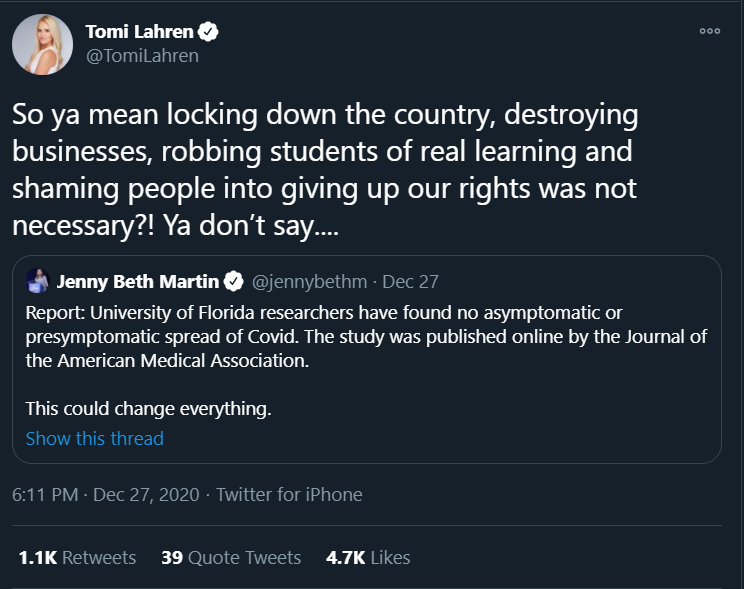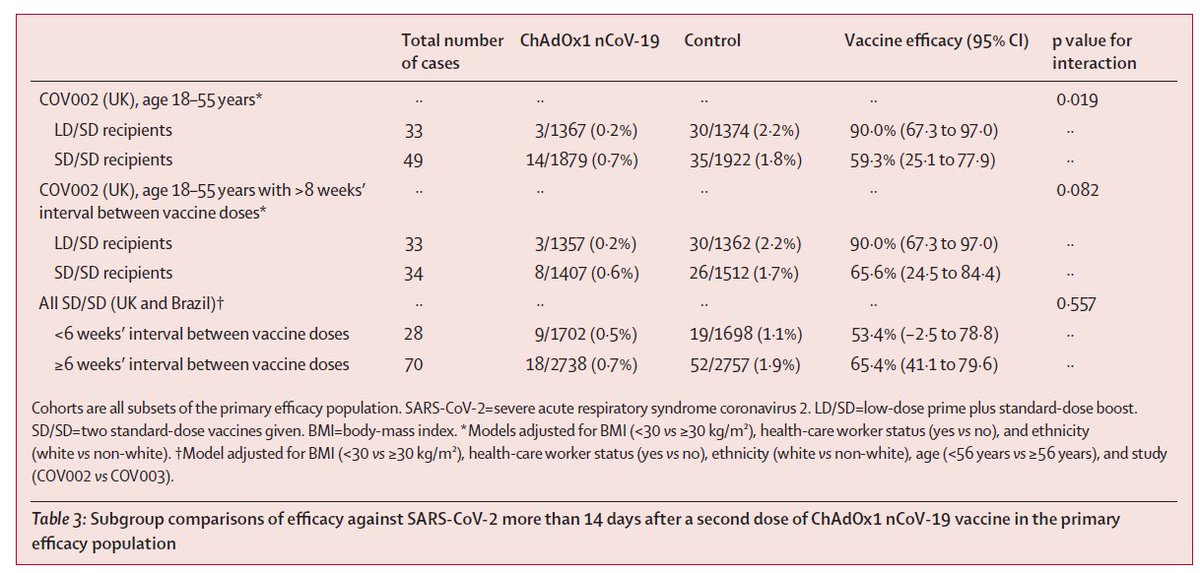
Oxford/AZ reports overall reduction in PCR positivity of 54.1%, but only 2% "vaccine efficacy against asymptomatic infection."
Confused?
Allow me to explain with crudely drawn pictures why the overall findings are still quite positive. 1/8

Confused?
Allow me to explain with crudely drawn pictures why the overall findings are still quite positive. 1/8

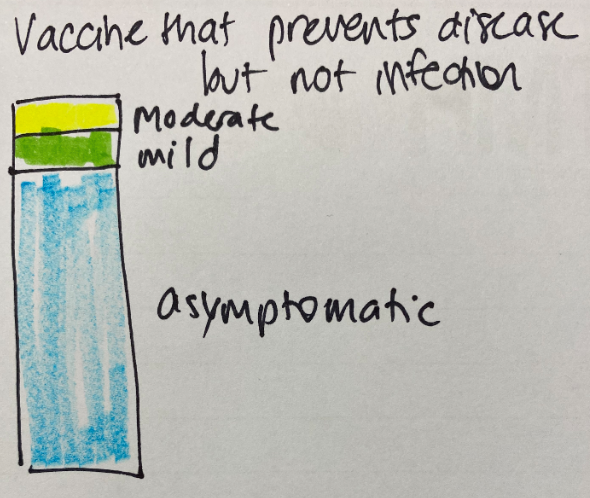
Let's start by imagining the base case (no vaccine). SARS-CoV-2 infections fall into a range of categories: severe, moderate, mild, or asymptomatic.
(Categories not perfectly to scale for all of this, don't @ me). 2/8
(Categories not perfectly to scale for all of this, don't @ me). 2/8
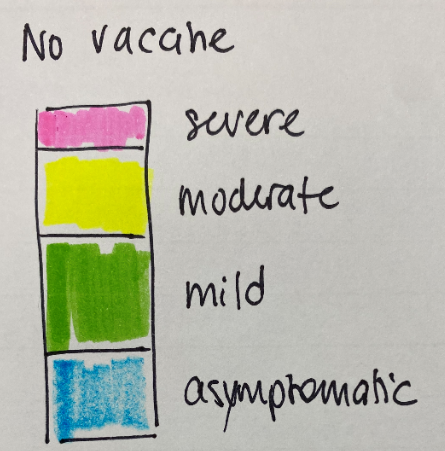
Vaccines protect against disease in two major ways.
- They can prevent infection entirely.
- Or they may not prevent infection, but they prep your immune system so that you don't develop symptoms. Usually it is some combination of the two. 3/8
- They can prevent infection entirely.
- Or they may not prevent infection, but they prep your immune system so that you don't develop symptoms. Usually it is some combination of the two. 3/8
If the vaccine worked to prevent symptoms but did nothing to prevent infection, this is what we could see. No severe disease, reduced moderate and mild buckets. But see how much LARGER the asymptomatic (blue) portion is. These were "converted" to asymptomatic infections. 4/8 

This is still a useful vaccine in that it reduces the severity of disease, but it is a worst case scenario in terms of transmission because these infected people could still transmit to others (though maybe being asymptomatic means you are also less likely to transmit... TBD) 5/8
But note how that blue section GREW. Well what we observed for Oxford/AZ was something different. The asymptomatic (blue) section stayed more or less the same size, while the other sections shrunk. But note that there are still fewer infections overall, e.g. 54% reduction. 6/8 
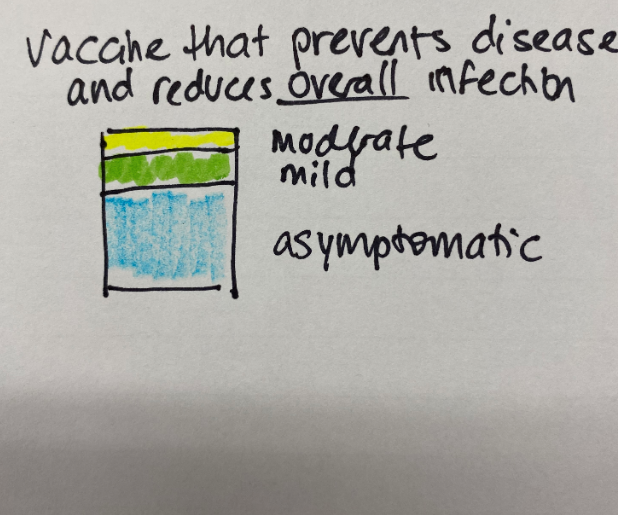
An even stronger result would be the following, where we see ALL categories shrink in size, including the asymptomatic infections. Then the estimated "efficacy against asymptomatic infection" would be higher. That's not what we saw, but that's okay. 7/8 
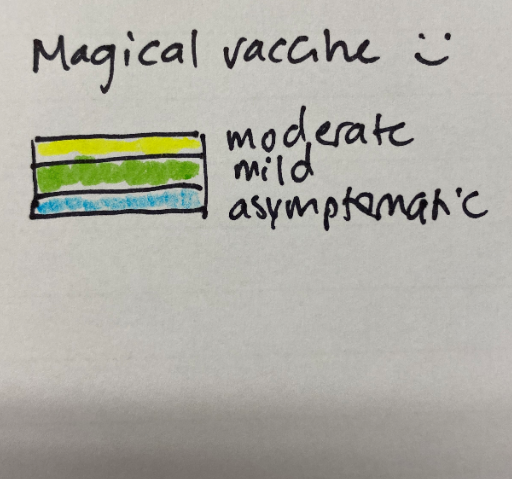
I hope this explains how we can see no change in the number of people who are asymptomatic, but still have an overall positive picture of the vaccine's impact on transmission. For this reason, I don't think "efficacy against asymptomatic infection" is very interpretable. 8/8
RIP Blue highlighter.
• • •
Missing some Tweet in this thread? You can try to
force a refresh

